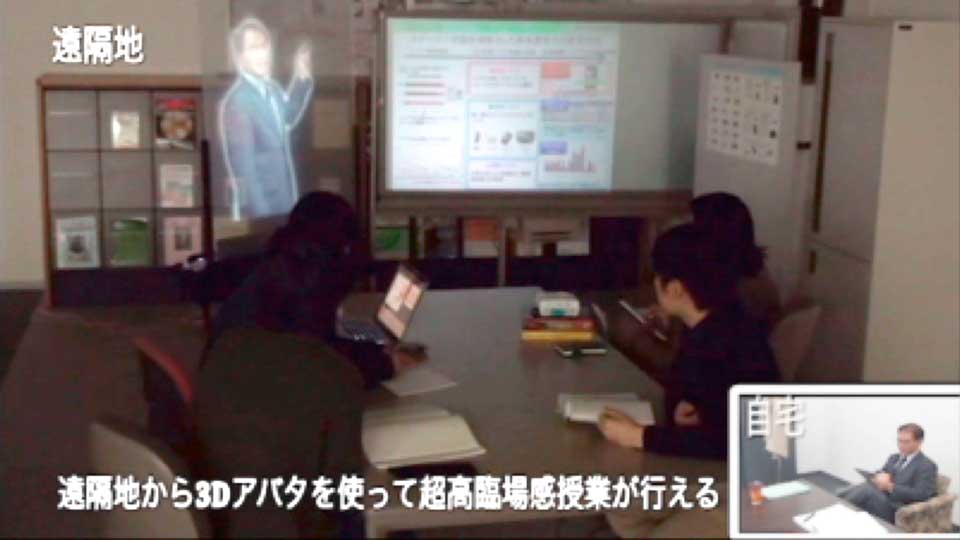As one of Asia's most prestigious universities, the institution has been trying to quickly respond to the changes brought about by COVID-19. It is once again welcoming international students, many of whom had been blocked by Japan's entry rules. From October 1, the government is re-opening the country's borders to students from abroad, as well as other long-term visa holders.
University of Tokyo President Gonokami Makoto has sent a message to international students. He pledged to help them safely enter the country, in addition to offering various forms of assistance to smoothen the arrivals process.
The university is arranging a chartered bus to pick students up at Narita Airport. They will then be taken to a dedicated facility for the mandatory two-week quarantine period. "We will not kick out foreign students who have been admitted to our university," says vice president Sakata Ichiro. "We are committed to doing our best to make them feel safe and welcome."
Future Society Initiative Bond
Another key challenge for the university is how to fund the facility upgrades and research ventures it needs to stay in the top tier. It has decided to become the first Japanese national university to issue its own bond. The move comes after it placed 36th in the latest World University Ranking released by British journal Times Higher Education. That compares to Peking University's 23rd spot, and the National University of Singapore's 25th.
Grants and subsidies from the Japanese government have been slowly declining due to the nation's mounting debt. But a recent easing of regulations has enabled national universities to raise money privately to improve research facilities.
This week, the University of Tokyo will issue its 40-year, "University of Tokyo Future Society Initiative Bond" in a bid to raise 100 billion yen over the next decade.
With the funds, it wants to build the Hyper-Kamiokande — a successor to the world's largest underground neutrino detector, the Super Kamiokande. There is also the Tokyo Atacama Observatory Project, which involves building an infrared-optimized telescope on the summit of Cerro Chajnantor in Atacama, Chile.
The institution also wants to build "dream classrooms" and a "cybercampus" that would combine the virtual with the real. It would also allow for better continuity in a pandemic or similar situation.

The university has the highest AAA rating by the Japan Credit Rating Agency. In a time of ultra-low interest rates, issuing bonds is a trend among universities outside of Japan: Oxford University raised 750 million pounds in a 100-year bond issue, and Cambridge University followed suit by raising 600 million pounds.
Some of the world's best educational institutions are hoping to build on their reputations through bonds. In turn, society could benefit from the advances they make in a wide variety of fields.

